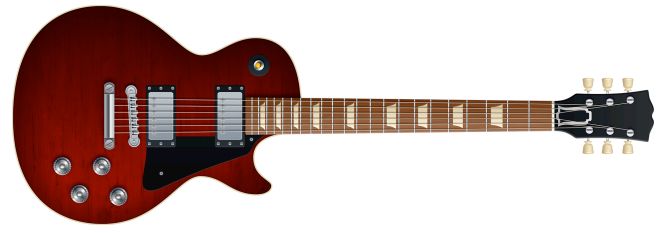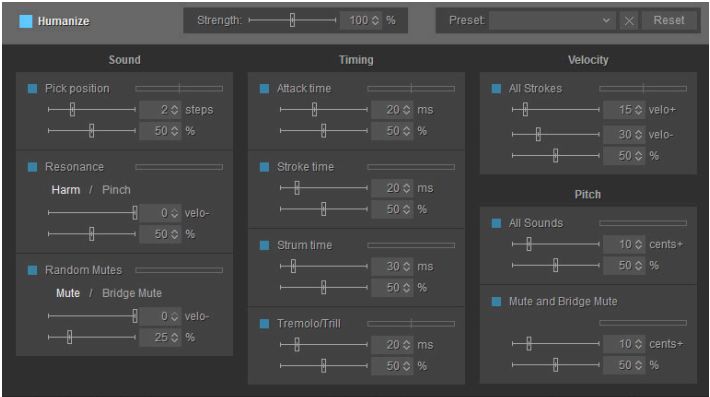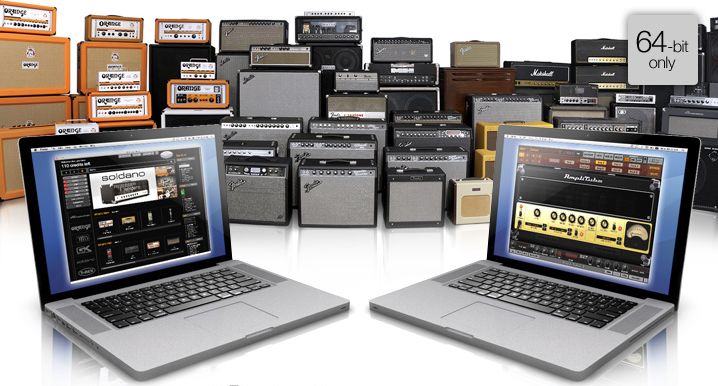Musiclab Realpc 3 Free Download
Monday, April 3, 2017
Wednesday, October 22, 2014
Music Lab Real LPC 3 Full Version Freee
For the latest addition to the 'Real' range, Music Lab have turned their expert attention to the classic Les Paul Custom.
When Music Lab released
Real Strat at the tail end of 2007, they unleashed a powerful and
articulate virtual instrument that was capable of eliciting
astonishingly realistic guitar performances based on the sound of the
Fender Stratocaster. When I reviewed it in the January 2008 issue of
SOS, the 'Cons' section stated "None, except 'more guitar models,
please!'” Well, it seems that Music Lab had no intention of letting the
idea rest there, and now the 'Real' treatment has been applied to
another electric guitar icon — the Gibson Les Paul Custom (hence the LPC
of the title). It could almost be seen as a fitting tribute to the
late, great Les Paul. Real LPC is effectively a re‑skinning of Real
Strat, using a completely new core library of Les Paul Custom samples.
Operationally the two instruments are identical, having
the advantage that sequenced performances previously played by Real
Strat can be redirected to Real LPC and still work as intended, so long
as the corresponding performance parameters are set up identically for
both instruments. Real LPC's GUI depicts a glossy black Les Paul guitar
with gold trim, set against a dark green‑gold background. The overall
dark colour scheme makes the parameter legending a little less legible
than on Real Strat, although the brightness and contrast settings of my
LCD monitor may have some bearing on this.
I should also mention at this point that the entire
sample library comes in at around 2GB and that Real LPC is fairly gentle
in terms of both RAM and CPU requirements.
Real LPC offers five performance modes; Solo,
Harmony, Chords, Bass & Chord and Bass & Pick. Solo mode (to my
mind, the instrument's true highlight) is fully polyphonic, giving
access to a vast array of articulations and guitaristic techniques, all
accessed via keyswitches. The other four modes employ variations on the
'strumming' technique: hold a chord with your left hand while
'strumming' it using dedicated trigger keys located higher up the
keyboard. Real LPC analyses your chords and produces suitable guitar
voicings. These are also dependent on other factors such as your
position on the keyboard, and the position of the virtual 'capo'.
Real LPC also features the same built‑in Pattern
Manager as Real Guitar and Real Strat. Pattern Manager is a library of
pre‑programmed MIDI-file strumming patterns that can be dragged and
dropped into your sequencer tracks and copied and pasted as required.
All you have to do is play chords on the keyboard, and Pattern Manager
does the strumming for you. Useful for quick song construction, perhaps,
but never as effective, realistic or fun as a spontaneous, hands‑on
performance!
Real LPC Vs Real Strat
Real
LPC's keyswitch window, showing the 33 assignable keyswitch locations.
The sliders and drop‑down arrows on some articulations allow the user to
set the speed and range of the effect.
Many years ago, as a keyboardist who had lovingly
assembled a multi‑keyboard rig of carefully chosen instruments,
I naively wondered why electric guitarists felt the need for more than
one guitar — surely they all sounded the same? Happily, I recovered from
that daft misconception, and Real LPC clearly demonstrates just how
different two guitars can sound. As a non‑guitarist, I'm fully aware of
the risk of 'misquoting the Bible' with the following comparisons!
Nevertheless, on the one hand we have the bright and wiry tone of Real
Strat. This is well suited for a wide variety of styles, such as
country, American AOR, ska, reggae and rock & roll. However, that
inherent wiriness can be problematic when recreating overdriven low‑end
riffs and single lines, due to the slightly enharmonic quality of Real
Strat's sound in the lower registers. The upper frequencies tend to be
magnified, sounding rather like excess fret rattle, resulting in
a blurred sound and subjective loss of clarity. Some fairly drastic EQ
is necessary if you want to minimise these artifacts.
On the other hand, Real LPC has a comparatively muted,
bell‑like tone with warmth and solidity, the accent being on the
mid‑frequency range. The differences become very apparent when playing
overdriven lead sounds in the lower range — typically, those powerful,
underpinning lines that parallel the bass part. Real LPC displays far
less of that enharmonic quality, resulting in a distinct solidity and
clarity of pitch. This makes it ideal for heavy metal riffing, power
chugs, palm-muted phrases and other styles where crisp execution and
clarity are essential. Real LPC is therefore well suited to metal, heavy
rock, progressive, Britpop... in fact, any style where soloing, riffing
and power chords are the order of the day.
When heard with no processing, Real LPC has a more
pronounced initial attack than Real Strat, giving the impression that
the sustain portion of notes doesn't ring out as long, but in fact it
does. The overall tonal character can be adjusted using the pickup
position slider, which offers 14 different positions, from bridge to
body pickup and anywhere in between. In conjunction with the treble and
bass EQ settings, a reasonable variety of 'colours' is available even
before you start to add further processing. Real LPC responds very well
to effects such as chorus and rotary speaker, lending strummed chords
a distinctively chiming and lively character.
Conclusion
Over the last couple of years, Real Strat has become
an essential part of my recording setup. It's so expressive and
versatile that I recently used it (and Real Guitar) to provide almost
all the guitars for an entire prog rock album. If there were any
reservations at all about the tonal qualities of Real Strat under
certain conditions, Real LPC offers the perfect foil — and this is
hardly surprising, considering that many guitarists switch instruments
on a regular basis to suit the style of music they're playing. The only
improvements I could think of are marginal: optional skins, perhaps?
A choice of gold top or sunburst would be nice. Individually tunable
strings would also help to create a 'slightly less than perfect' vibe.
Music Lab have an inspirational suite of instruments in
their 'Real' range, and one wonders what the next in the electric
series might be. Something quite different, but complementary, perhaps?
How about a 12‑string Rickenbacker? .
Alternatives
The
would‑be virtual guitarist now has several options to chose from, in
the form of both sample‑based and physically‑modelled software
instruments. As well as Music Lab's own Real Strat and Real Guitar, the
other main contenders are AAS Strum Electric GS1, Steinberg Virtual
Guitarist 2 and Prominy SC Electric Guitar, all of which have been
reviewed in SOS.
Alternatively, if you can stand the preening and posturing, you could try using a real guitarist...
Amplitube 2 Duo Bundle
As
with Real Strat, Real LPC comes bundled with Amplitube 2 Duo,
a cut‑down version of IK Multimedia's Amplitube 2 Guitar Amplifier
simulation plug‑in. Although providing limited facilities, this is
a welcome freebie to get things rocking if you don't already have an amp
plug‑in. There are also plenty of freeware amp simulators available on
the net if you're strapped for cash and want to explore the
possibilities further. For those on a modest budget, I'd suggest Studio
Devil VGA as a good all‑rounder with plenty of tonal variety, and for those who want the full‑shred, mega‑rig experience I can heartily recommend NI's Guitar Rig 4.
More Info : http://software-free.eu
Subscribe to:
Comments (Atom)




